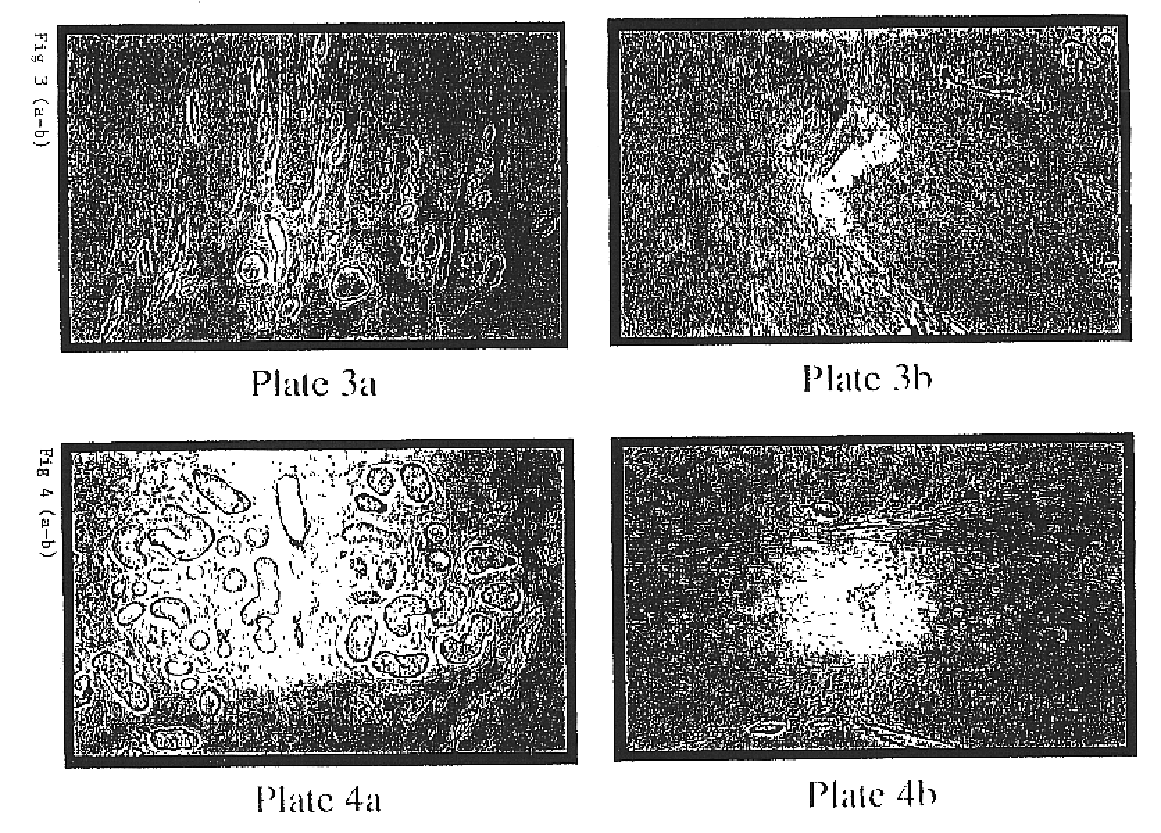Target
a technology of target and fibrosis, applied in the field of target, can solve the problems of reducing the accuracy of identification, and reducing the cost of treatment, so as to facilitate the determination of the precise cellular distribution, increase the accuracy of identification, and facilitate the identification
- Summary
- Abstract
- Description
- Claims
- Application Information
AI Technical Summary
Benefits of technology
Problems solved by technology
Method used
Image
Examples
example 1
Preparation of an antibody to the target sequence MERAGPSFGQQR (SEQ ID No 1)
The antibody specific to PDE5al the long splice variant of PDE5 was raised using a synthetic peptide derived from the N-terminal sequence of human PDE5A1, i.e., MERAGPSFGQQR[C] (SEQ ID No 2), where [C] is a cysteine for conjugation--the peptide was conjugated to keyhole-limpet hemocyanin (adjuvent).
Rabbits were inoculated and received 4 subsequent bi-weekly booster injections prior to bleedout. The resulting antisera were affinity purified against the peptide antigen to yield LIP-1 antibody.
The rabbit polyclonal antibody LIP-1 was used at a dilution of 1:600, using an immunoperoxidase technique and DAKO rabbit Envision (cat. No. K4010) on formaline-fixed, paraffin-embedded sections of human tissue including corpus cavernosum, heart, skin prostate, liver, lung, bladder and peripheral vessels.
Results 1
Corpus Cavernosum
Plate 1.a: Photomicrograph of paraffin section of human corpus cavernosum. Immunohistochemist...
PUM
| Property | Measurement | Unit |
|---|---|---|
| diameter | aaaaa | aaaaa |
| diameter | aaaaa | aaaaa |
| Northern Blot | aaaaa | aaaaa |
Abstract
Description
Claims
Application Information
 Login to View More
Login to View More - R&D
- Intellectual Property
- Life Sciences
- Materials
- Tech Scout
- Unparalleled Data Quality
- Higher Quality Content
- 60% Fewer Hallucinations
Browse by: Latest US Patents, China's latest patents, Technical Efficacy Thesaurus, Application Domain, Technology Topic, Popular Technical Reports.
© 2025 PatSnap. All rights reserved.Legal|Privacy policy|Modern Slavery Act Transparency Statement|Sitemap|About US| Contact US: help@patsnap.com



